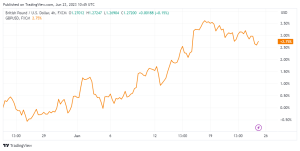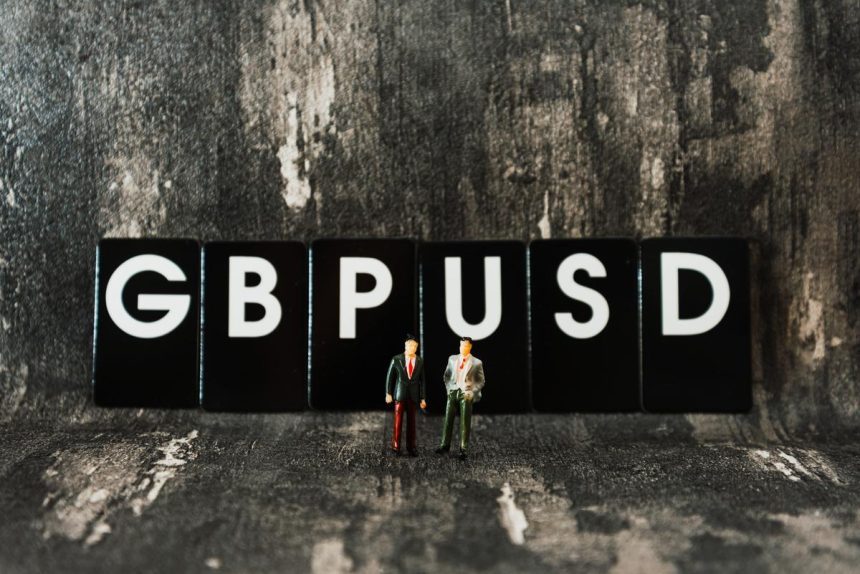GBPUSD plummeted to a new weekly low below 1.2700.
After a brief surge above 1.2800 in response to the Bank of England’s (BoE) policy pronouncements. GBPUSD reversed course and finished in negative territory on Thursday. The pair is under pressure, trading below 1.2700, its lowest level in a week.
Following the June policy meeting, the Bank of England lifted its policy rate by 50 basis points (bps) to 5%. Although markets expected a 25-basis point rise, many analysts believe that Wednesday’s high inflation figures might pave. The way for a 50-basis point increase. rates. As a result, the market reaction to the rate decision was brief.
The Bank of England lifted its policy rate by 50 basis points to 5%.
Furthermore, the Bank of England stated in its policy statement that inflation is still forecast to reduce considerably this year. “The BoE appears to be chasing inflation developments rather than fighting them with active monetary policy.” Commerzbank analysts wrote in a research note. “Because we do not believe the BoE will suddenly change its stance, we remain sceptical of Sterling.”
Furthermore, data from the United Kingdom showed that the private sector’s business activity growth slowed in early June. The S&P Global/CIPS Composite PMI fell to 52.8 in June from 54 in May.
Meanwhile, the risk-averse climate reflected in declining US stock index futures permits the US Dollar to strengthen. Uninspiring UK PMI data, along with broad-based USD gains, may continue to weigh on GBPUSD moving into the weekend, particularly if Wall Street’s main indexes fall after the opening bell.
On Friday, the S&P Global Manufacturing and Services PMI surveys will be featured on the US economic calendar. Markets are putting in a nearly 80% chance of a 25-basis point rate rise in July following FOMC Chairman Jerome Powell’s two-day congressional appearance. This news is unlikely to have an impact on market pricing of the Fed’s rate outlook, therefore risk perception will be the key driver of the pair’s movement in the American session.
GBPUSD Technical Outlook
GBPUSD ended the past two 4-hour candles below the 20-period and the ascending regression channel. Simple Moving Averages (SMA) of 50 periods. Furthermore, the Relative Strength Index (RSI) indicator fell below 50, confirming the negative short-term forecast.

GBPUSD was last spotted trading at 1.2700, which corresponds to the Fibonacci 23.6% retracement of the most recent rally. Once that level is confirmed as support, bearish targets around 1.2640 (Fibonacci 38.2% retracement) and 1.2600/1.2610 (psychological level, 100-period SMA) might be visible.
On the upside, 1.2750 (the lower-limit of the ascending channel, the 20-period SMA, and the 50-period SMA) serves as major resistance. If GBPUSD reclaims that level and returns to the ascending channel, it might advance to 1.2800 (the ascending channel’s midpoint) and 1.2850 (the uptrend’s endpoint and 14-month high).








